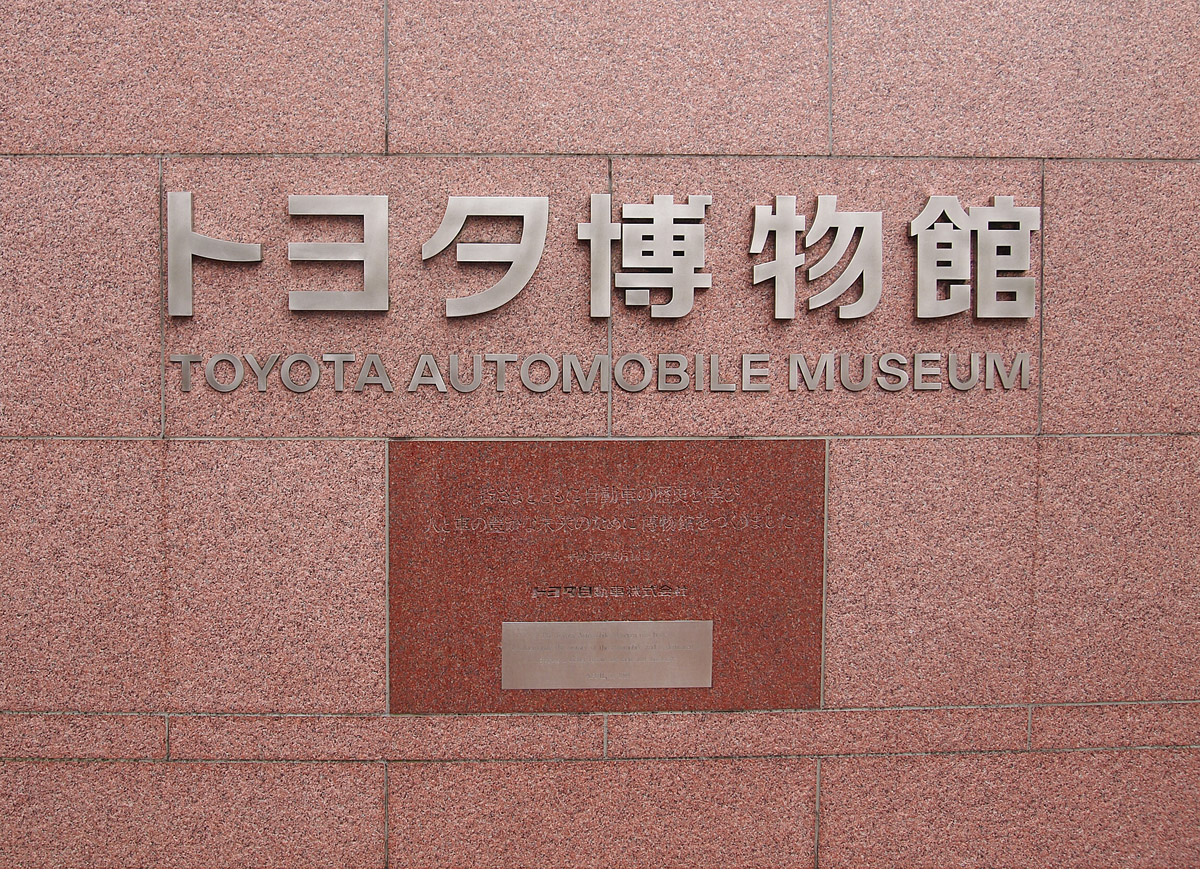Toyota Automobile Museum in Japan: mecca for car lovers


If you’re a fan of Toyotas, products from the Toyota group or just automobiles in general, you owe it to yourself to add a trek to the Toyota Automobile Museum (TAM) on your bucket list.
Located in Nagakute City, Japan, the facility is owned and operated by the automaker and resides in the same prefecture as their world headquarters. Open in 1989, TAM has a simple purpose, says Shinji Hamada, vehicle curatorial group manager.
“We are committed to exploring the history of the automobile, sharing our insights with visitors and employing our world-class collection of cars to enrich the future prospects of people and the automobile,” says Hamada.

Spread out over a total of 150,000 square-feet through six floors and two buildings, the facility was constructed as part of the company’s 50th anniversary projects. Although Toyota is in the name, any type of vehicle that holds some kind of industry significance from the late 1800s to the new millennium make up the 150 or so models on display.
In the Main Building, the story begins not with Japanese cars, but ones from Europe and America. There’s a Rolls-Royce Silver Ghost from 1910; a Volkswagen 1938 Beetle Prototype; a very regal 1951 Jaguar XK120.

While the western vehicle exhibit proved intriguing, I was eager to see the entire level dedicated to historical Japanese cars. It did not disappoint. First timers may be confused when they see several models with a badge that reads “Toyopet.” Kind of like how Toyota sells products aimed at young people under the Scion moniker in North America, there are similar nameplates in Japan for different segments.
It’s fascinating to see the early beginnings of what we now consider to be modern-day legends, some never made available in North America. You may know the Toyota Corolla is currently in 11th generation — it all started with the KE10 chassis, debuting in 1966, and there’s a pristine example at TAM. In fact, almost everything shown is either in immaculate original condition or spotlessly restored.

Others include a 1989 Eunos Roadster (Mazda MX-5 Miata), a 1964 Honda S500 convertible and a 1968 Toyota 2000GT. An entire section pays homage to the manufacturer’s best selling Prii, something that doesn’t come as a surprise considering nearly half the cars I saw driving around were Toyota hybrids.
If you’re not exhausted after taking all this in, you can make your way back to down to the ground and wander over to the annex, an addition to the museum that explores beyond four wheels.

“In 1999, to commemorate the 10th anniversary of the museum, we added the Annex Building to exhibit the Japanese motorization history with its lifestyle,” says Hamada.
Split into six zones, each deals with a different time period or milestone.
For instance, Zone B discusses postwar Japan, and how it is linked to the rise of the middle-class and the ensuing proliferation of electronic innovations such as rice cookers and cameras. Another zone talks about how automobiles become more affordable and a private car for every household turns into a reality, illustrated by a recreation of the inside of a typical mid-20th century garage.

Pop culture is put under the spotlight as well and that area offers insight into decades-old fashion, music, media and entertainment. Check out the early Japanese market version of the Game of Life.
General admission to TAM is 1,000 yen, about 10 dollars CAD. You can find additional info on their website.
Here are more pictures from the museum:



















